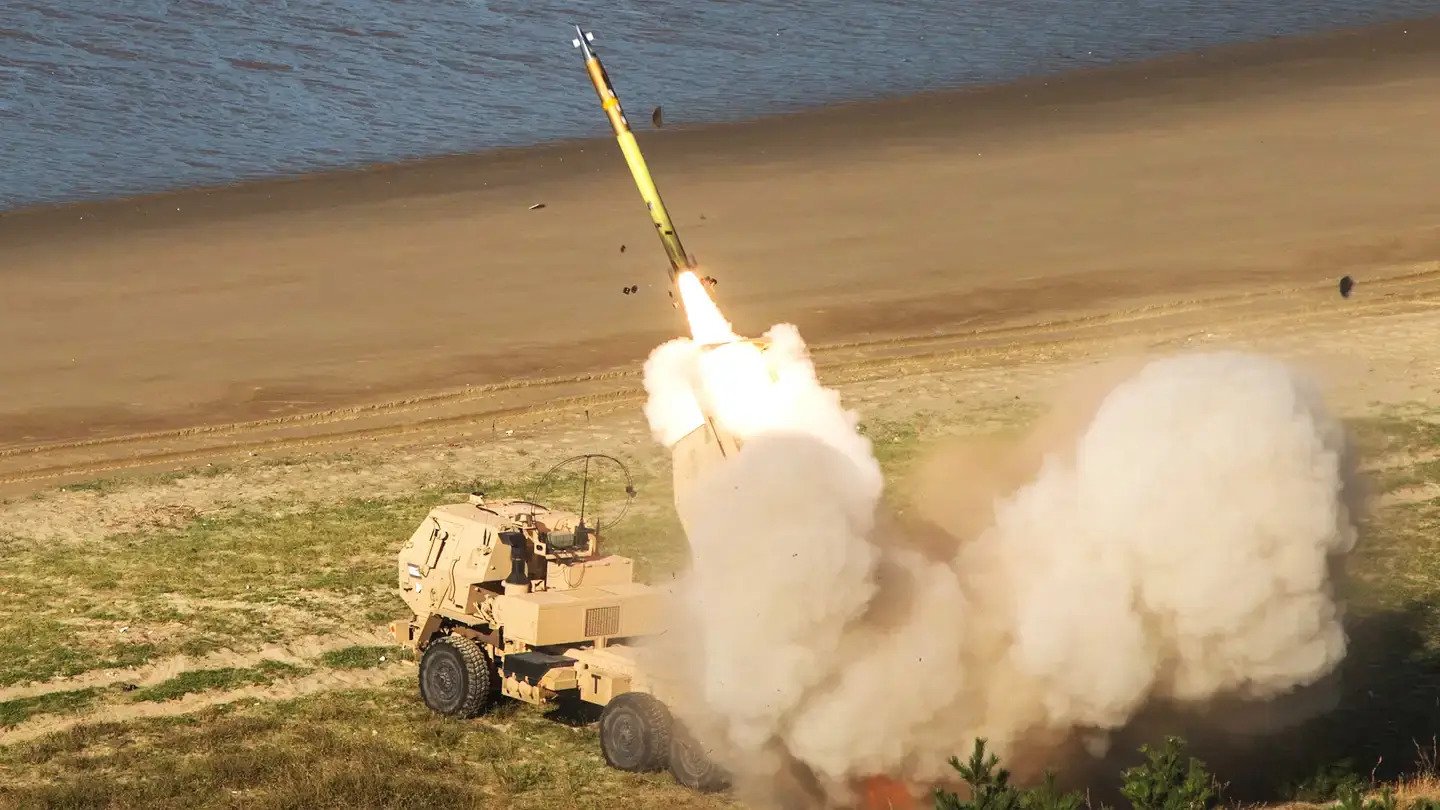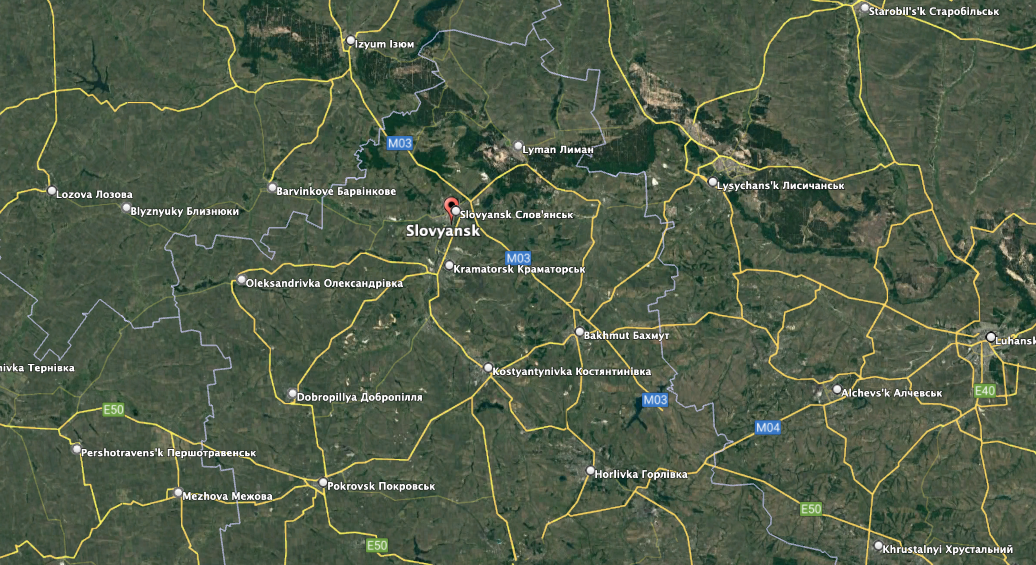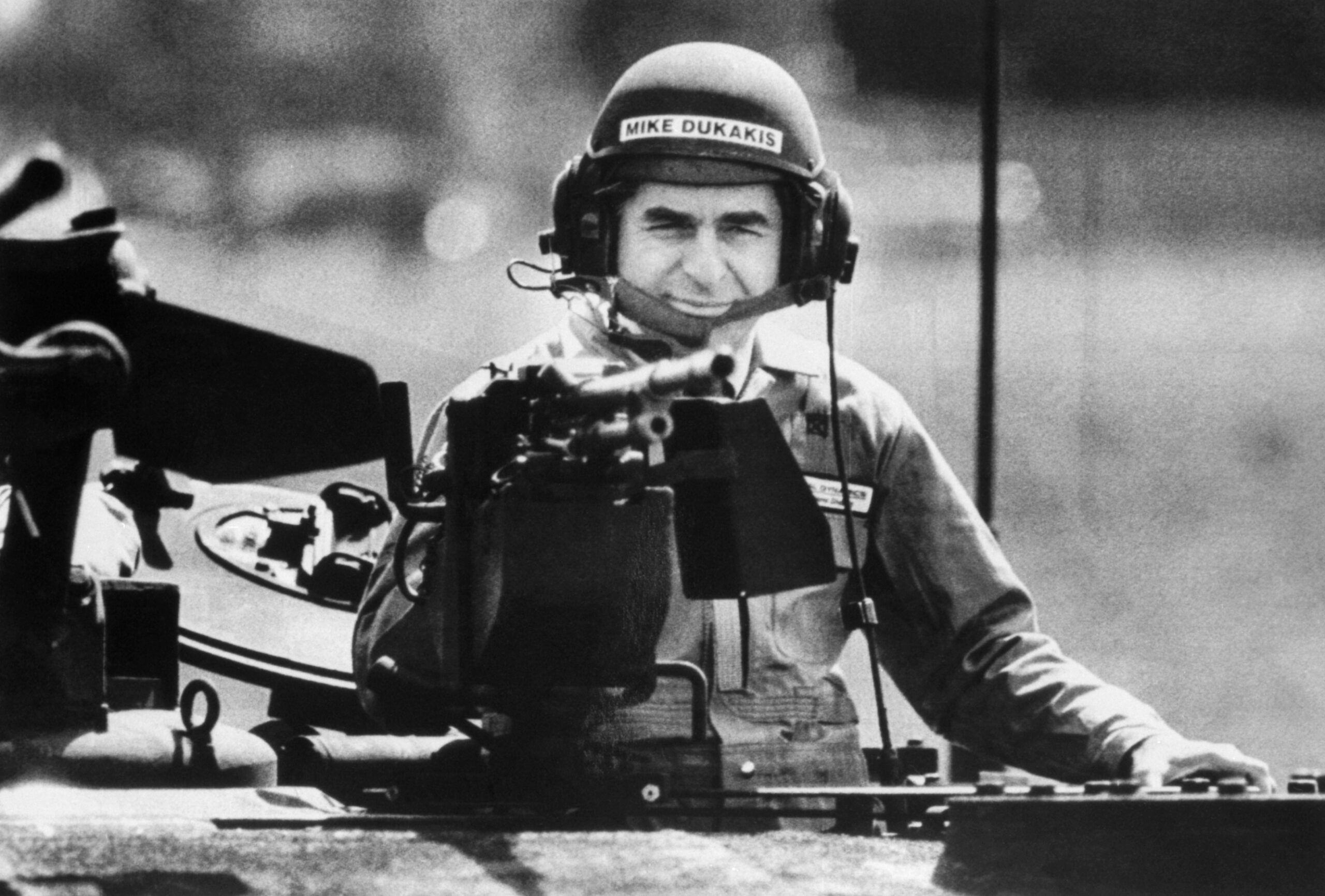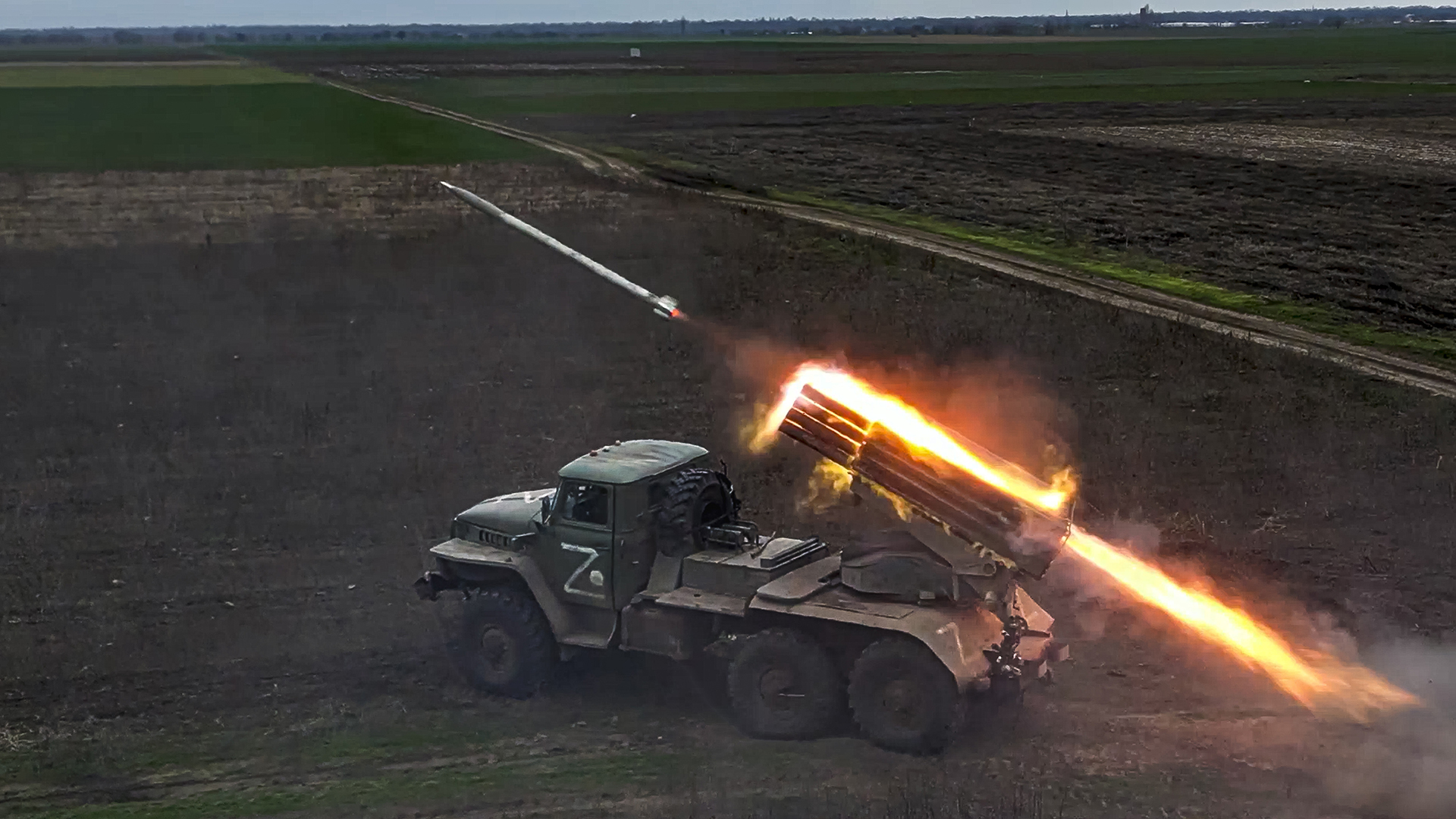Though Ukraine is bracing for a looming new Russian offensive, it won’t come through Belarus or be directed against Kyiv, Ukraine’s parliament announced Wednesday.
“At the moment, no signs of the formation of offensive, shock groups have been detected either in the territory of the Republic of Belarus, or in all other territories, except for the eastern – Luhansk, Donetsk region, Bakhmut, Avdiyivka, Kupyansk, and partly in the southern Zaporizhzhia-Mykolaiv region,” People’s Deputy Fedir Venislavskyi, a member of the Verkhovna Rada’s Committee on National Security, Defense and Intelligence of Ukraine, told reporters Wednesday at the Ukrainian Media Center.
Venislavkyi said he made that announcement after hearing from “representatives of the entire intelligence community of Ukraine at a closed session of the committee.”
His comments concur with what we have been saying for a while now, that an attack on Kyiv is unlikely.
Venislavskyi’s comments also synch up with an analysis provided to The War Zone Monday by a Ukrainian advisor who asked to be referred to by his nom de guerre Vlad Dut to discuss security matters.
Dut’s analysis suggests that Ukraine is bracing for an attack on or around Feb. 15, depending on the weather, and that the western Donbas and/or Zaporizhzhia Oblast are the most likely locations.
The Russians, he added, are amassing troops and supplies in Donbas beyond the range of the M142 High Mobility Artillery Rocket Systems (HIMARS) provided to Ukraine, which can reach targets about 43 miles away.

“The enemy will try to occupy the administrative borders of Luhansk and Donetsk regions and move towards Sloviansk, Kostiantynivka, Pokrovsk and Kurakhove, that is, towards the western administrative boundaries of the Donbas,” Dut wrote in his analysis, which is not an official government document, but a personal assessment he shared with us. “To these areas of the front, the aggressor is now moving combat-ready units in quantitative and qualitative correlation, concentrating them for decisive battles outside the HIMARS firing range.”

Dut’s assessment highlights Ukraine’s critical need for longer-range weapons, like the undisclosed number of Ground Launched Small Diameter Bombs (GLSDB) – promised by the U.S. to Ukraine last week – that have a range of 94 miles. Of course, it is unknown how many will be provided, but regardless, they won’t get there for several months at the earliest, the Pentagon told us last week.
Dut said that while the situation in Bakhmut remains very difficult for Ukraine, it has gotten a lot of attention in no small measure “because journalists and various bloggers are mainly located in Bakhmut and, at the same time, have more opportunities to cover events there than from the suburbs of Donetsk.”
Also critically important, he said, are battles taking place in Luhansk Oblast, north of Bakhmut.
“Although this direction is not directly included in the Donetsk direction, it significantly affects the security situation in the region,” according to Dut. “The further success of the Ukrainian troops in this sector of the front will be crucial for the de-occupation of the northern areas of the Luhansk region, namely the settlements of Svatov and Kreminna.”

Controlling these areas would allow the Armed Forces of Ukraine to develop “success in the eastern and southern parts of the Luhansk region, which will pose a strategic threat to Russian terrorist forces near Bakhmut, Popasna, and other cities.”
That, in turn, “will reduce the pressure of enemy troops in the area of Soledar-Bakhmut-Chasiv Yar and give [Ukrainian forces] time to regroup their units. The Svatovsky direction is crucial because owning it will provide the Defense Forces of Ukraine significant advantages.”
Still, the “Bakhmut direction is one of the critical points of the front line, where one of the most significant infantry and artillery battles of the 21st century unfolds,” Dut wrote, adding that it has forced both sides to pour personnel and equipment into the fight.
Capturing Bakhmut would give Russia “a key transport interchange, which allows movement to the north (Slovyansk-Kramatorsk) and west (Konstantinovka-Pokrovsk) and will favorably help the occupation of the Donetsk region,” Dut wrote. “An additional factor is that after a series of failures and the loss of significant territories by the occupiers, this city is a small, but at least some kind of, victory.”
As for Ukraine, “this is Ukrainian land, the possession of which is of great importance because the voluntary departure from the borders will form new positions already near Kostiantynivka,” Dut wrote, adding that Ukraine needs to weigh the cost of holding the city.
The “likely retention of Bakhmut and the surrounding area at all costs is unacceptable and should maintain a delicate balance between moving away to favorable positions or holding in the future,” he wrote.
With the loss of Soledar, the southern and eastern outskirts of Bakhmut and the small town of Klishchiivka, “the overall situation has significantly worsened,” Dut wrote. “The enemy’s efforts are aimed at maximizing the city’s encirclement and cutting fire (artillery control) off the logistics lines of the defenders of Bakhmut.”

Dut said that seeing the potential for a future Russian offensive spurred the U.S. and allies to promise tanks and other weapons, like the GLSDBs to Ukraine.
But Dut cautions that those weapons, particularly the tanks, may take too long to arrive.
Ukraine’s allies “urgently” promised “321 modern tanks that will play a significant role in defense of Ukraine and later in the counter-offensive,” he wrote.
That includes 31 M1A2 Abrams main battle tanks promised by the U.S.
“Only awareness of the likely consequences of inaction helped Kyiv to obtain heavy weapons from the donor territories,” he wrote. “But the delivery of most weapons is scheduled from April to August this year, which is too late, given the realities.”
Before we head into the latest news from Ukraine, The War Zone readers can get caught up with our previous rolling coverage here.
The Latest
There’s been a lot of talk about providing western fighter jets, like the U.S.-made F-16s, to Ukraine. One major reluctance of the U.S. and allies is the time it would take to train Ukrainian pilots – check out our deep dive today on what it would really take.
Ahead of Ukrainian President Volodymyr Zelensky’s first visit to the United Kingdom since Russia’s full-scale invasion of Ukraine began, the U.K. government confirmed that it will begin to train Ukrainian fighter pilots, as part of its military aid to the country. At this point, it’s unclear exactly what kind of training will be provided, but the U.K. government has said it will also look into providing undisclosed fighter jets for Ukraine, which could finally kick-start the realization of one of Kyiv’s long-stated weapons acquisition goals.
You can read more about that here.
During his time in the U.K., Zelensky met with Prime Minister Rishi Sunak.
And he met with King Charles at Buckingham Palace.
He addressed Parliament as well, again asking for fighter jets.
And, perhaps failing to learn a lesson from history, to wit the failed presidential campaign of one Michael Dukakis, he and Sunak donned fighter pilot helmets.

After visiting the U.K., Zelensky arrived in Paris, where he met with French President Emmanuel Macron and German Chancellor Olaf Scholz at the Élysée presidential palace in Paris, according to France24.
Macron said France would stand firmly by Ukraine in its war against Russia as he stood alongside Zelensky.

Germany delivered two more Gepard (German for cheetah) 1A2 self-propelled anti-aircraft gun systems to Ukraine along with an additional 6,000 rounds of ammunition in Berlin’s latest aid package.
That brings the total number of Gepards received by Ukraine to 32.
Switzerland may soon break its centuries-old tradition as a neutral state by ending a ban on exports of Swiss weapons to war zones,” Reuters reported.
That reconsideration comes with a pro-Ukraine shift in the public and political mood puts pressure on the government, according to Reuters.
Buyers of Swiss arms are legally prevented from re-exporting them, a restriction that some representing the country’s large weapons industry say is now hurting trade.
SpaceX has taken steps to limit Ukraine’s use of the company’s satellite-internet connections for military purposes, a top executive at the Elon Musk-founded company said Wednesday, The Wall Street Journal reported.
SpaceX President Gwynne Shotwell said SpaceX had worked to restrict the country from using Starlink, as the company’s satellite-internet business is called, for military purposes.
“There are things that we can do and have done,” she told reporters after an appearance at a space-industry event. She declined to discuss details.
Crowdsourcing remains an important source of supplies for Ukraine, with a number of drones being donated that way as a result.
Seven drones, provided by funds raised through donations to a Facebook group in Hungary, arrived in Ukraine recently.
“Seven drones for the Ukrainian Army from Hungary,” Hungarian-born Sándor Fegyir, a professor of the Ungvár National University and a soldier of the 68th battalion of the 101st Independent Territorial Defense Brigade, wrote in his latest Facebook post, thanking the Hungarian people and Hungary for the help they provided to the Ukrainian army,” according to Hungarian Kiszo.net news organization.
Ukraine’s Defense Intelligence directorate (GUR), meanwhile, received 10 DJI Mavic 3 Enterprise quadcopters and other items from the Ukrainian Come Back Alive charity organization.
The total cost of the equipment is UAH 1,880,794.68 ($51,000), according to the GUR Telegram channel
The package included:
- 10 DJI Mavic 3 Enterprise quadcopters;
- 18 charging stations of different capacities;
- 10 tablets for working with maps and adjusting fire, as well as additional memory and protection for them;
- 4 laptops for data processing;
- 2 radio scanners;
- 2 antennas.
But one place Ukraine may not receive drones from any time soon is the Riga, Latvia manufacturing facility of the U.S.-based Edge Autonomy autonomous systems company, which had been providing surveillance drones to Ukraine as part of yet another crowd-sourced effort.
A fire broke out there Tuesday, according to Latvia’s LSM public broadcast service.
The State Police are investigating the cause of the fire at the hi-tech facility, which remains unclear, according to LSM.
“A spokeswoman for the State Police Madara Šeršņova said initial information did not point towards arson but that a full investigation has been started to find out precisely what happened,” LSM reported.
Just two weeks ago, LSM reported on Edge Autonomy’s drone deliveries to Ukraine following a public donation drive. Attention is now likely to focus on the cause of the fire and whether it was an accident or something more sinister.
We reached out to Edge Autonomy for more details about how, or if, the fire will affect deliveries to Ukraine. We will update this story with any response we receive.

Tanks get a lot of attention, for obvious reasons which you can see here.
But the 30mm cannon atop armored vehicles like the Ukrainian BTR-4 seen below is devastating too.
The M982 Excalibur 155mm howitzer shells provided by the U.S. to Ukraine continue to plague Russian forces, in this case destroying a 9A33BM3 Osa-AKM short-range air defense system in Donetsk Oblast. To date, the U.S. has supplied more than 5,800 of these high-precision munitions to Ukraine.
The Excalibur rounds also apparently took out a couple of Russian howitzers in Donetsk as well.
Ukrainian forces also struck a Russian armored column near Vuhledar in Donetsk Oblast, as you can see in the video below.
And finally, HIMARS mania has reached a new level, with the much-lauded system now turned into a toy.
You can purchase one, made by Brickmania Toys out of LEGO building bricks, for $185. For an extra $70, you can get the Ukrainian upgrade pack, which includes 10 custom printed tiles and one “exclusive operator minifig,” with the funds going to benefit Ukraine’s UNITED24 charity organization.
That’s it for now. We will update this story if there is anything major to add.
Contact the author: howard@thewarzone.com
